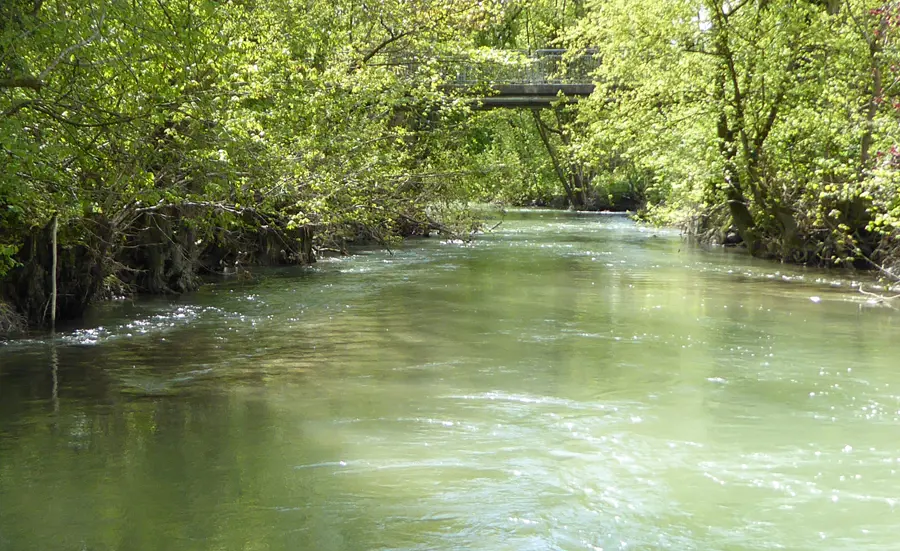
Determination of relevant exposure times for the assessment of water quality
In January 2016, the Swiss Water Protection Ordinance was amended to provide a legal basis for including effect-based quality criteria (also known as environmental quality standards (EQS)). Below these values, no harmful effects on water organisms are supposed to occur. For each substance, one environmental quality criterion for longer-term exposure (AA-EQS) and one for short-term exposure (MAC-EQS) is derived.
For the determination of water quality, the quality criteria are compared with the concentration measured in the water body. It was proposed to compare the AA-EQS with the 2-week mean of the environmental concentration based on the average test duration of ecotoxicological tests for the determination of the chronic toxicity. This seemed justified in any case since Haber's law states that toxicity is the product of concentration and time and therefore is constant. Thus, a higher concentration over a shorter time period should have the same effect as a lower concentration over a longer time period.
The aim of this project is to clarify which temporal integration of the environmental concentration makes sense for the comparison with the AA-EQS and the MAC-EQS from an ecotoxicological point of view, and whether Haber's law is indeed a scientifically based assumption for the quality criterion-based risk assessment. For this, toxicokinetics / toxicodynamics (TK/TD) models are compared with predictions according to Haber's law.
Final report
Praxistaugliche Beurteilungen von kurzzeitigen Expositionsspitzen
Publication
Ashauer, R., Kuhl, R., Zimmer, E., Junghans, M. (2020) Effect modeling quantifies the difference between the toxicity of average pesticide concentrations and time-variable exposures from water quality monitoring. Environmental Toxicology and Chemistry, 39, 2158-2168. https://doi.org/10.1002/etc.4838
